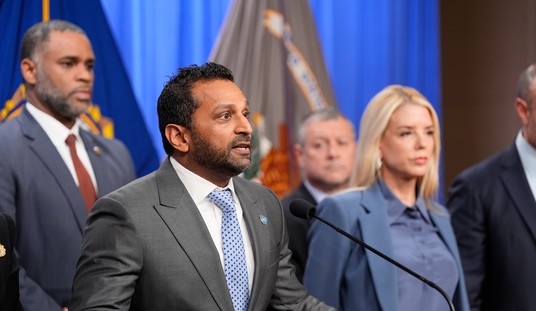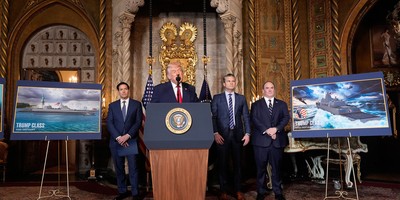Let's assume that each of our 535 congressmen cares about the destructive impact of deficits and debt on the future of our country. Regardless of party, congressmen face enormous lobbying pressures and awards to spend more and little or no pressure and awards to spend less. The nation's founders would be horrified by today's congressional spending that consumes 25 percent of our GDP. Contrast that to the years 1787 to the 1920s when federal government spending never exceeded 4 percent of our GDP except in wartime. Today, federal, state and local government consumes 43 percent of what Americans produce each year. The Washington, D.C.-based Tax Foundation computes that the average taxpayer is forced to work from Jan. 1 to mid-April to pay federal, state and local taxes. If he were taxed enough to pay the $1.5 trillion federal deficit, he'd be forced to work until mid-May.
Tax revenue is not the problem. The federal government has collected just about 20 percent of the nation's GDP almost every year since 1960. Federal spending has exceeded revenue for most of that period and has taken an unprecedented leap since 2008 to produce today's massive deficit. Since federal spending is the problem, that's where our focus should be.
Cutting spending is politically challenging. Every spending constituency sees its handout as vital, whether it's Social Security, Medicare and Medicaid recipients or farmers, poor people, educators or the military. It's easy for congressmen to say yes to these spending constituencies because whether it's Democrats or Republicans in control, they face no hard and fast bottom line.
The bottom line that Americans need is a constitutional amendment limiting congressional spending to some fraction, say 20 percent, of the GDP. That limit could be exceeded only if the president declared a state of emergency along with a two-thirds vote of approval in both houses of Congress. Each year of a declared state of emergency would require another two-thirds vote in each house.
During the early '80s, I was a member of the National Tax Limitation Committee's distinguished blue-ribbon drafting committee that included notables such as Milton Friedman, James Buchanan, Paul McCracken, Bill Niskanen, Craig Stubblebine, Robert Bork, Aaron Wildavsky, Robert Nisbet, Robert Carleson and others. We drafted a Balanced Budget/Spending Limitation amendment to the U.S. Constitution. The U.S. Senate passed that amendment on Aug. 4, 1982, by a vote of 69 to 31, two more than the two-thirds vote required for approval of a constitutional amendment. The vote was bipartisan: 47 Republicans, 21 Democrats and 1 Independent voted for the amendment.
Recommended
It was a different story in the House of Representatives. Its leadership, under Tip O'Neill tried to prevent a vote on the amendment; however, a discharge petition forced a vote on it. While the amendment was approved by a majority (236 to 187), it did not meet the two-thirds required by Article V of the Constitution. The vote was again bipartisan: 167 Republicans, 69 Democrats. The amendment can be found in Milton and Rose Friedman's "Tyranny of the Status Quo."
The benefit of a balanced budget/spending limitation amendment is that it would give Congress a bottom line just as we in the private sector have a bottom line. Congress would be forced to play one spending constituency off against another, rather than, as it does today, satisfy most spending constituents and pass the buck to the rest of us and future generations in the forms of federal deficits and debt.
The 1980s discussions settled on giving Congress a spending limit of 18 or 20 percent of our GDP. I thought a 10 percent limit was better. When queried by a reporter as to why 10 percent, I told him that if 10 percent is good enough for the Baptist Church, it ought to be good enough for Congress.























Join the conversation as a VIP Member